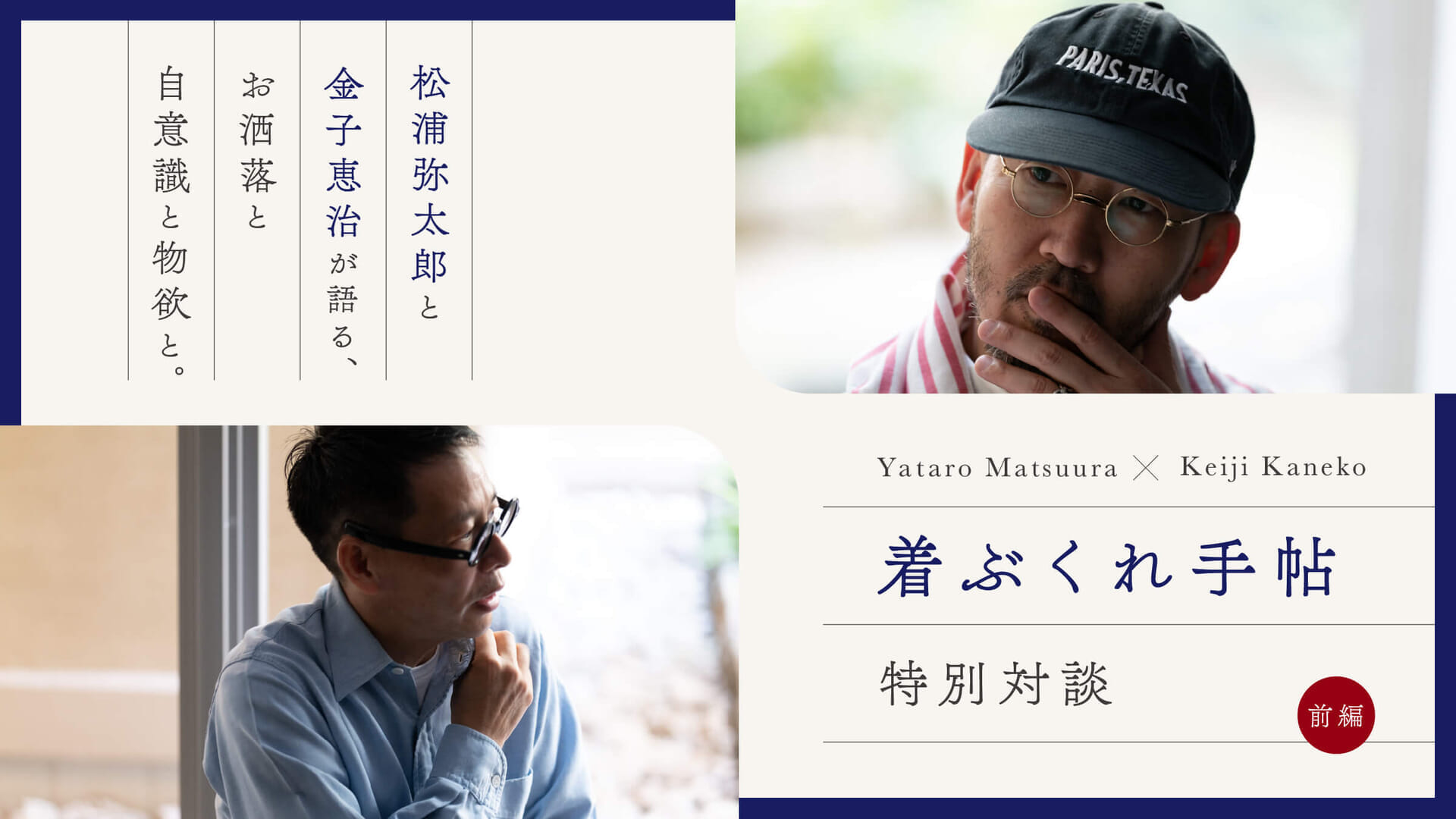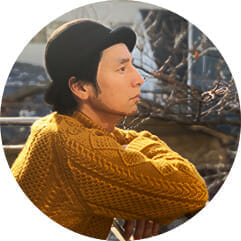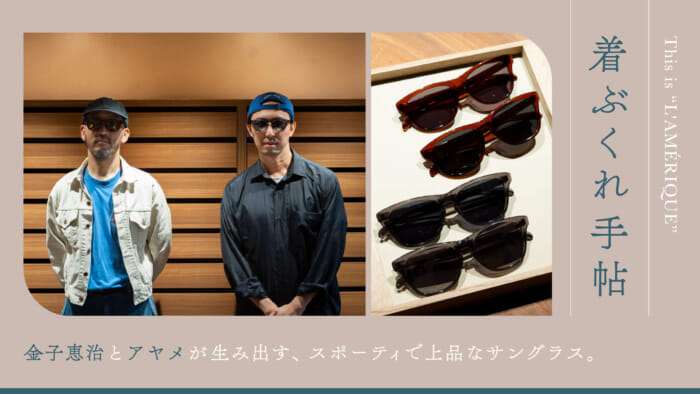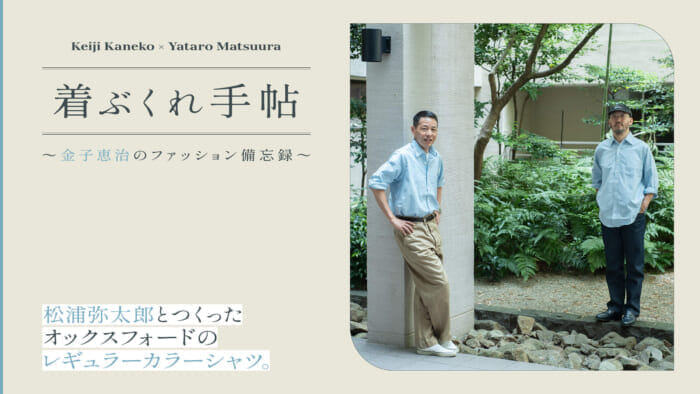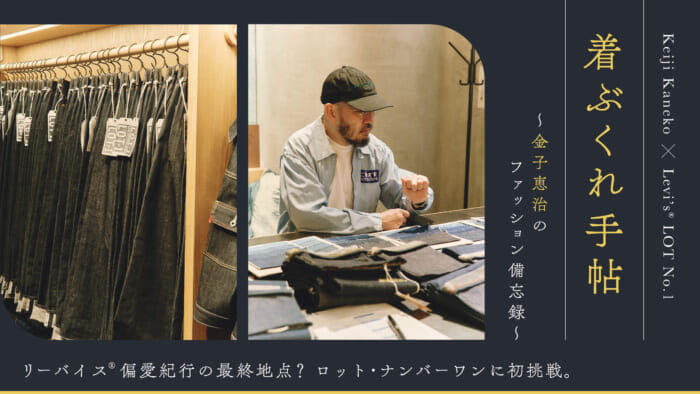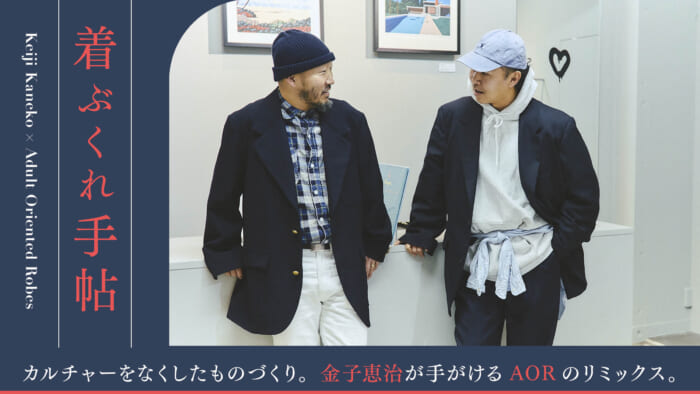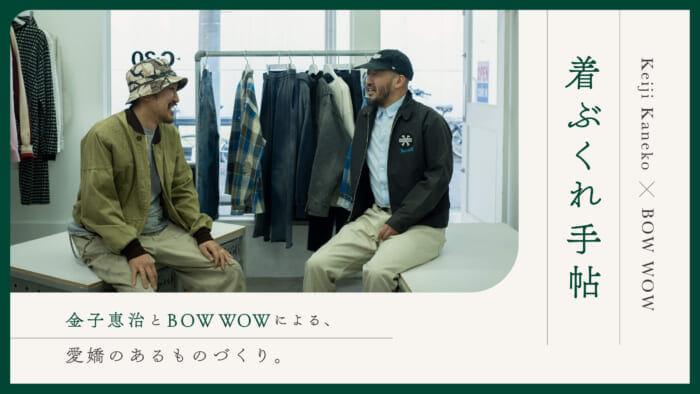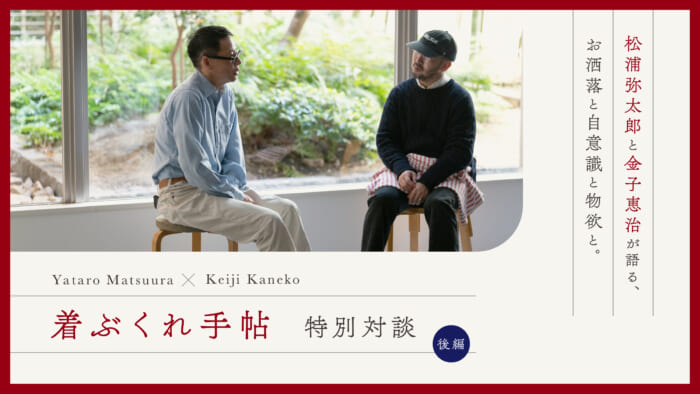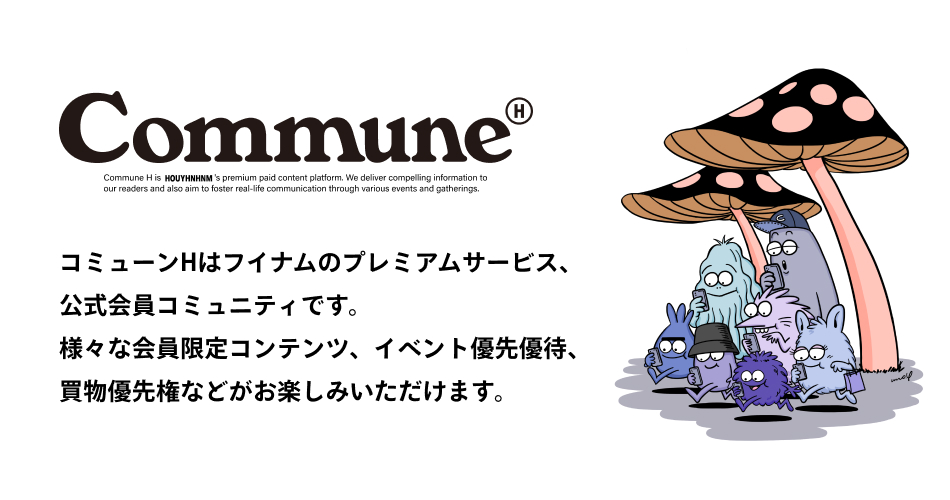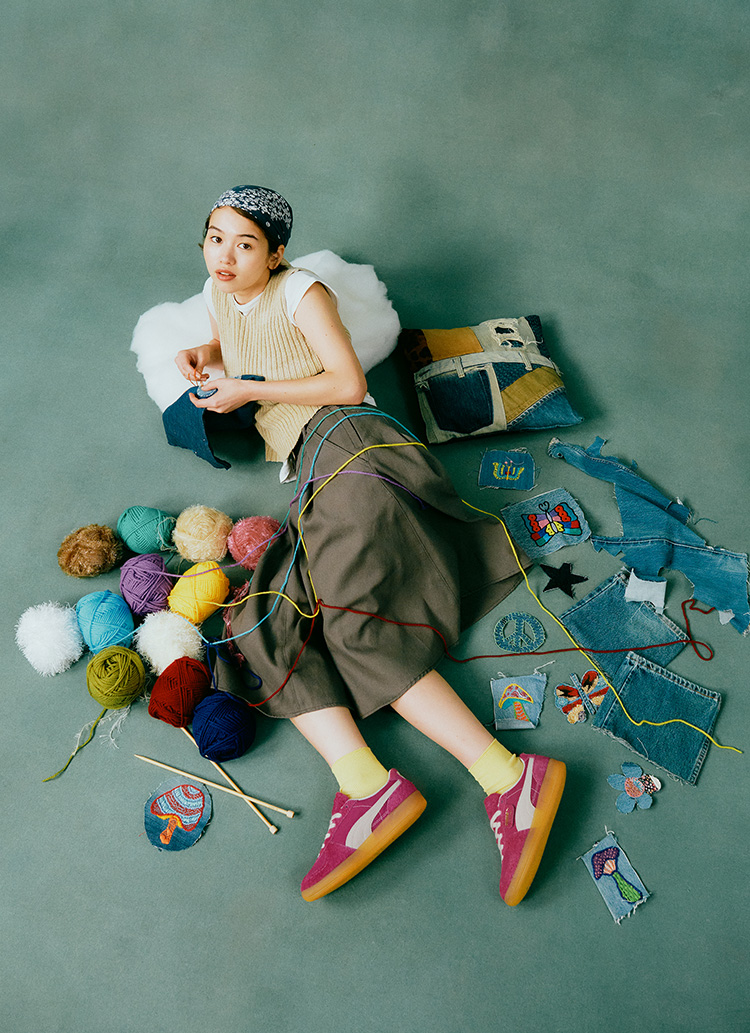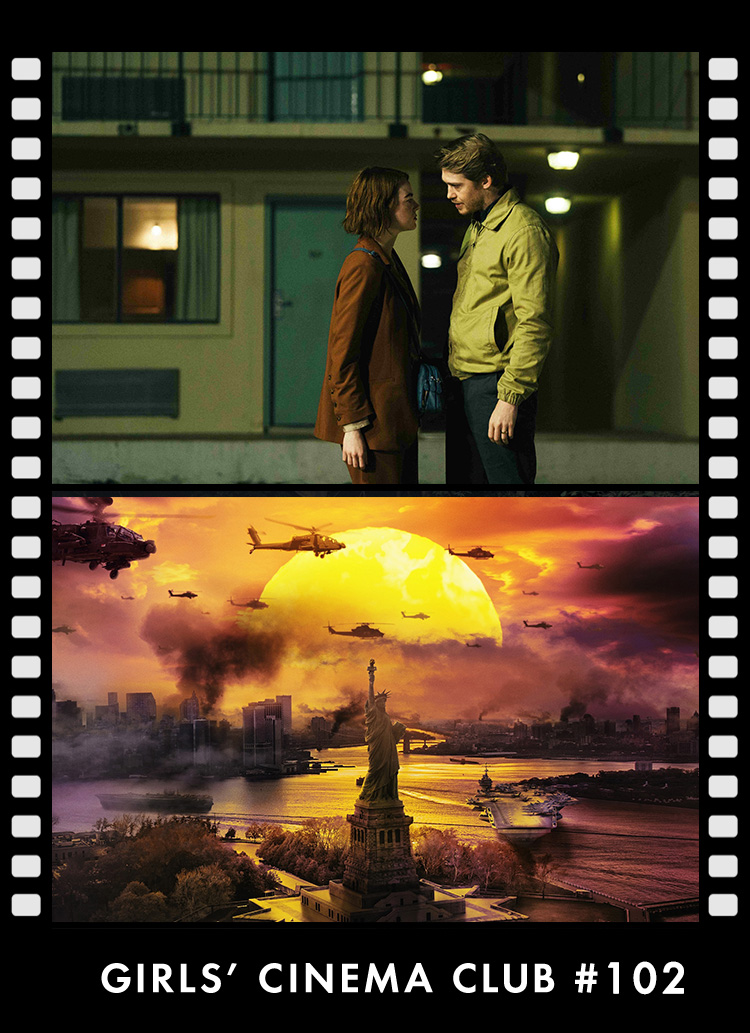Francis Ford Coppola wore this shirt.
I would like to ask you about "things" as a keyword for this interview. You have been in contact with a variety of things, so I would like to ask you about what you are interested in now and your philosophy on owning things.
Matsuura: I have loved clothes since I was a teenager and have tried many things, but now that I have grown up a couple of times, I have become somewhat settled. I don't shop and wear the same things all the time. . But that is comfortable for me now. I feel more enjoyment in things like attachment than in the things themselves.
Also, the sense of "I like it" that I used to have when I was young is gradually fading. Nowadays, everything is available, and there is an overabundance of things and information. I feel that kind of loneliness these days.
. This time, we asked him to wear an outfit that he says he really loves.
Matsuura: Both the shirt and the pants have been my favorite for over 30 years. The shirt is an oxford regular collar shirt that was issued by the US Air Force, and the pants are "Westerner" by Lee.

Kaneko: It's so cool.
Matsuura: I adored Brooks Brothers' button-down shirts, and when I first came in contact with the oxford fabric when I was around 17, I was extremely impressed. Then, I started wearing Ralph Lauren shirts, and one day I came across this shirt. I found this shirt in a dead stock pile at a vintage clothing store near Chinatown in New York City. If you look closely, you can see that the stitching is white and the buttons are plastic, not shell. I guess you could call it a "made in USA" look. It had a great sense of presence.
So you were more attracted to it as an object than to the design itself?
Matsuura: Yes, I did. I tried it out and found that the fabric was very good. If anything, I thought it was better than the two brands I just mentioned.
It's shocking to hear that it's better than the leading Oxford brand.
Matsuura: . I was wondering if this one might have been made with Oxford first. There is a mil-spec stamp on the front that you can't see, but it says "1956" on it.

. So it was made in 1956, right?
Matsuura: Yes, that's right. There are many theories, but good fabrics and functions usually start from military wear and spread to the civilian world. I think that is how Oxford started as well.
Kaneko: . it's been carefully cared for, and even though it's been worn for more than 30 years, it's in great condition, or so I'm told.
Matsuura: Although it was made almost 70 years ago, the fabric still has a lot of luster, doesn't it? I like to iron my shirts. You could even say it's my hobby. This is my theory, but a good shirt is easy to iron. A good shirt is easy to iron, and a good shirt is not easy to iron, no matter how expensive or how well designed it may be. This shirt is very easy to iron, so it is practical in that sense, and can be washed in the washing machine without any trouble. Furthermore, as I am sure Mr. Kaneko understands, the details are very good.

Kaneko: I can tell just by looking at it . It's very good.
Matsuura: I really like oxford shirts with regular collars, and button-down shirts are also good, but they have a bit of a schoolboy feel to them.
When I was still in San Francisco, I once saw Francis Ford Coppola. In an area called North Beach, there is a café called "Trieste" where local people hang out from morning till night, and he often writes screenplays there. When I saw him, he was wearing a regular-collar Oxford shirt with the second button open, showing his chest hair.
Kaneko: Wow! That's amazing.
Matsuura: . It was really cool. It was an oxford, but in a regular color, so I felt like a filmmaker, or a very mature person.
Kaneko: It's like it's sexy.
Matsuura: Yes . Thinking back, when I was young, I was always looking for cool people. I would interpret and absorb what was cool about cool people in my own way. That's how I was taught to think. One of those people was Coppola.
Kaneko: It's a very good episode.

Matsuura: Buttons are plastic, stitching is white, box silhouettes, and other functional aspects that are different from the design. I am attracted to such things. They are not made for the sake of fashion. I think Mr. Kaneko would understand this, but it's a kind of tacky yet cool feeling. I think I will continue to wear this shirt for a long time to come.
Kaneko: Each detail is created as a function, so it is not for fashionable purposes. . But it is cool and meaningful. The stitching on the shoulders is done with two stitches, and the garment is made to be durable so that it can be worn for a long time.


